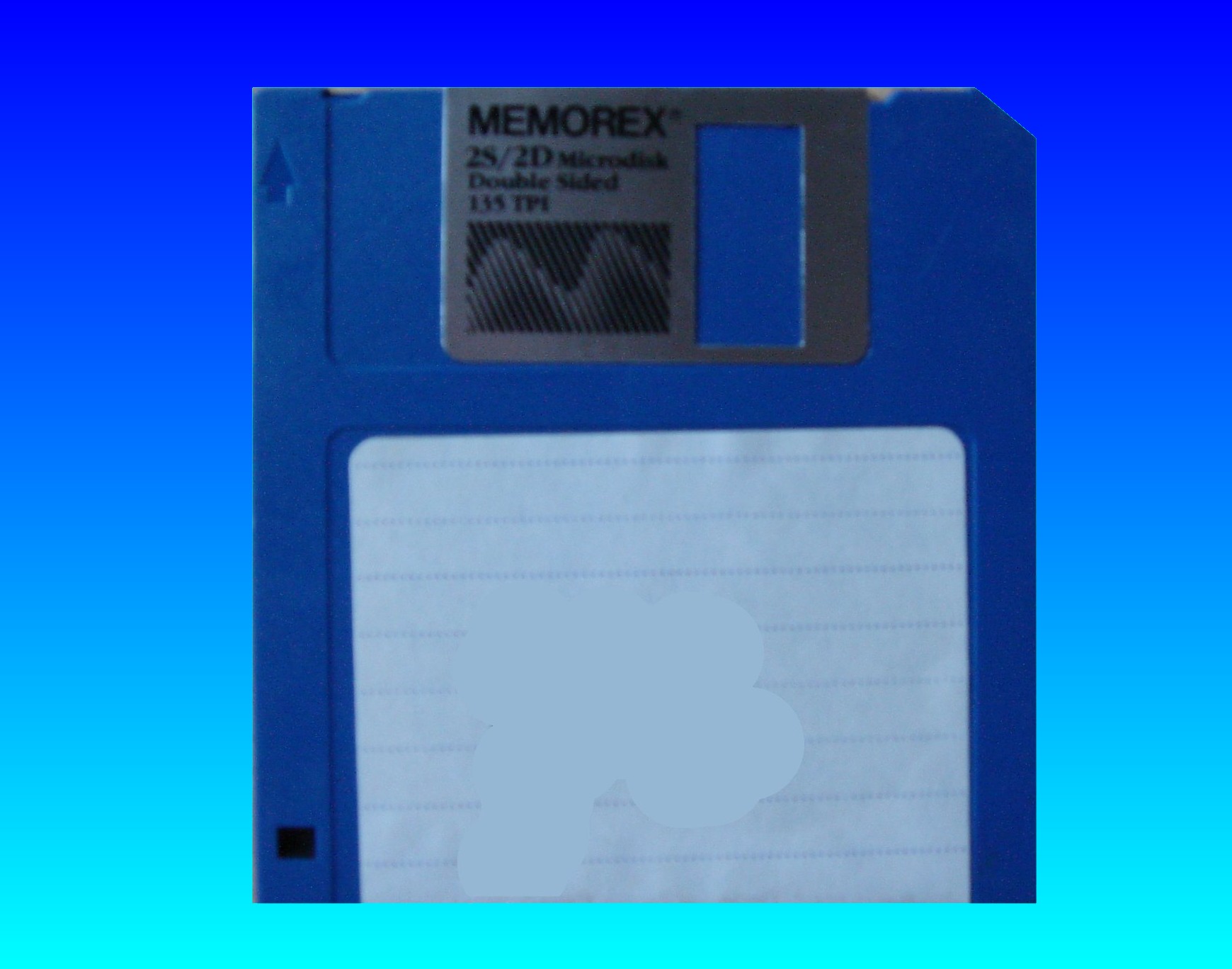
Geometry: track=80, head=2, sector=9, block=512 Ufiformat is also useful to understand the capabilities of your USB disk drive, and the disk currently inserted.Īnd obviously you can format a disk with it. The advantage of this method is that you can write a 360kB (1DD) disk image successfully to a 2DD disk. To identify any attached USB disk drives from the Linux command prompt type:Īs you can see, in my case, it uses disk device /dev/sdb, so now I know where to write to.ĭo not blindly assume it to be /dev/sdb in your case, check, because if you use the wrong device you can destroy important data!ħ37280 bytes (737 kB, 720 KiB) copied, 132.835 s, 5.6 kB/s For this it is recommended to install the 'ufiformat' utility. This is a bit more convoluted as a USB FDD is handled like any other disk device, so we first need to figure out which device it gets mapped to. To format a 3.5" 1DD (360kB) disk use the following command instead: You can also format a 3.5" 2DD (720kB) disk using the following command: This works for both single sided (1DD) and double sided (2DD) disk images. To write a disk image from the Linux command prompt type: Make a disk image Linux Using a internal Floppy Disk Drive Open the openMSX console with F10 and type the following command:ĭiskmanipulator create /path/to/new/diskimage.dsk 720 Now you have a disk image of an empty flop. Choose an appropriate name, otherwise you will soon not know what is written on what. Then go to File and choose Save as and type a name.To serve all MSX-ers, we choose the option above 360KB. A double-sided flop is 720 KB and it is on it here.DSK file to format as drive and format type Select Format (F) from tool menu to display the Format menu.Note: Emulate MSX turbo R to make a disk formatted for MSX-DOS2. Set this DSK aside and copy it whenever you need a formatted image.

It is better to quit emulation with some emulators so that the last action on the disk is taken into account.



 0 kommentar(er)
0 kommentar(er)
